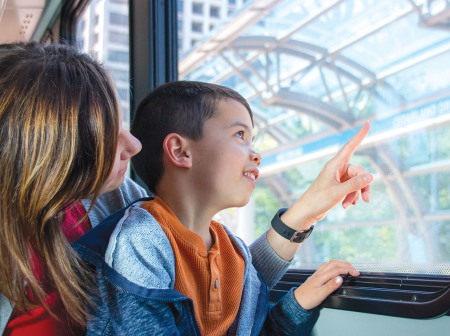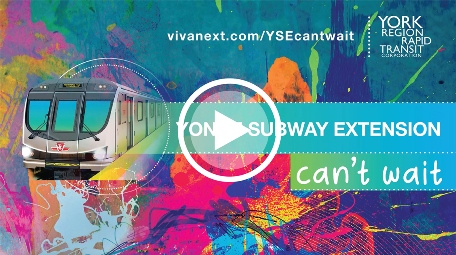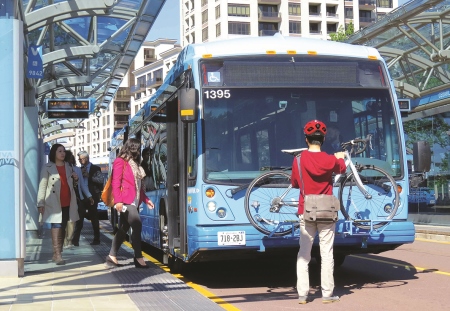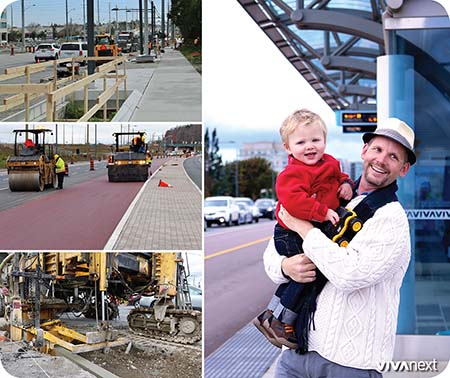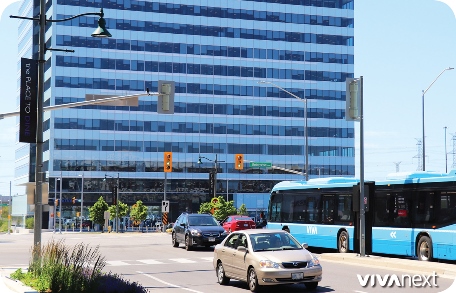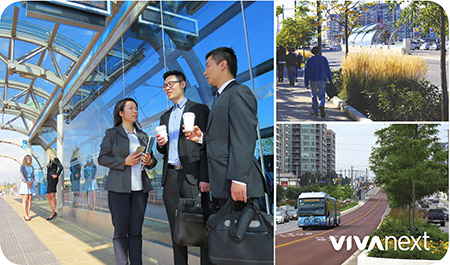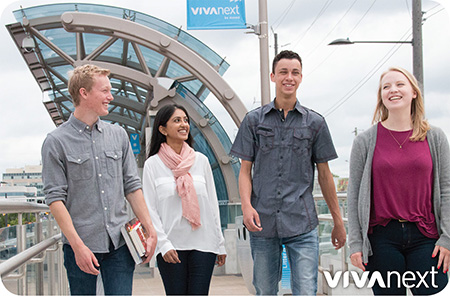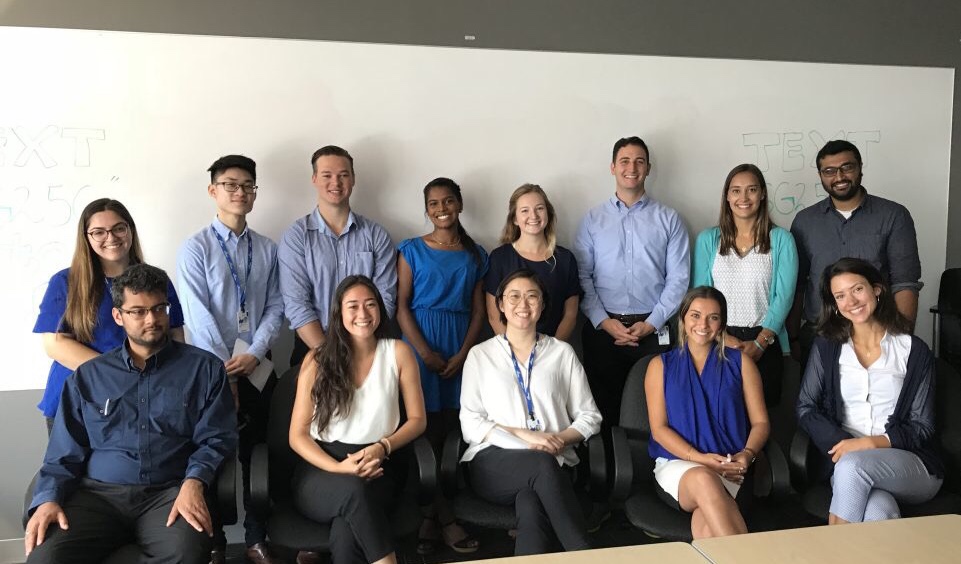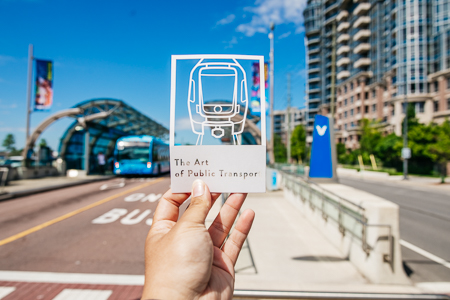
York Region Rapid Transit Corporation’s President, Mary-Frances Turner, spoke yesterday at the Global Public Transportation Summit in Stockholm, Sweden. Along with speakers from Melbourne, Australia; Paris, France; and Vancouver; she presented about the role of public transport in shaping cities. Her presentation, Art of the Possible: Turning a car-centric municipality into a culture of livability with transit, talks about how in York Region, smart growth and transit policies have been a catalyst to building a strong transit system and vibrant urban centres. How the rapidway projects have provided walkable, livable and desirable communities through smart growth, attractive streetscapes and investment.
The presentation in Stockholm allows us to showcase York Region, and more importantly, it’s an excellent learning opportunity, to see what other cities around the world have done to overcome challenges and shape their communities.
Last month, our Design Chief, Infrastructure and Development, Stephen Hollinger, spoke at the Urban Transit Infrastructure West conference in Vancouver on the topic of alternative financing for transit projects. This is a hot topic lately, and we were happy to share and discuss our experiences with public-private partnerships.
We only travel to a select few national and international conferences. More often, we’re part of panels and round-table discussions held in the GTA, or we’re hosting visitors from other cities around the world. Just recently, a delegation of visitors from Barcelona, Spain went for a tour of our transit service facility in Richmond Hill and the transit hub in Vaughan Metropolitan Centre. Since we opened our first rapidway segment on Highway 7 East in 2013, we’ve received visitors from several cities across North America, delegates from Europe, and our tours have been part of conventions held locally by public works and transit associations.
Whether it’s learning from the best and brightest in Ontario or around the world, we’re always exploring and discovering the latest in community building and transportation technology, so we can continue to plan the best travel options for those who live, work and travel in York Region.

